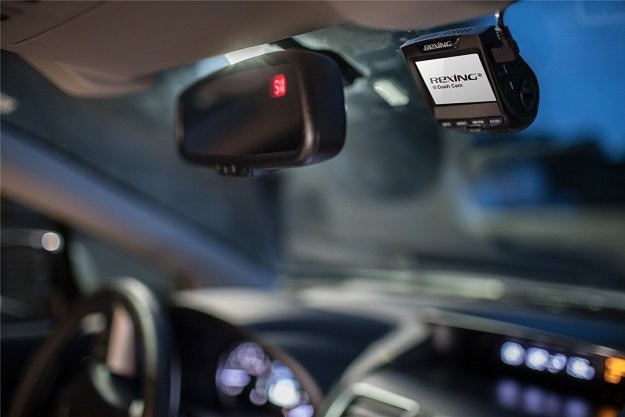The Porsche 911 has always been the benchmark for sports cars, the measuring stick by which others are judged. Unfortunately for the rest of the gang, it’s getting a little tough to keep up.
Ahead of their debut at the 2015 Frankfurt Motor Show, Porsche has revealed the new 911 Carrera and 911 Carrera S online. Bolstered by new 3.0-liter, twin-turbo flat-six engines, the latest vehicles to wear the Carrera badge are the fastest and most powerful versions yet.
The standard Carrera makes 370 horsepower and 331 pound-feet of torque, improvements of 20 horsepower and 44 lb-ft over the 2015 model. The hopped-up Carrera S, however, makes 420 horsepower and 368 lb-ft, meaning 0 to 60 mph comes in just 3.7 seconds with the Sport Chrono Package and dual-clutch transmission. That’s not quite 911 Turbo territory, but it’s close. Both vehicles are offered in both Coupe and Cabriolet guises.

While the increased performance is good news for some, it also means you can no longer buy a “normal” Porsche 911 with a naturally aspirated engine. The only variant without forced induction is the 911 GT3, which is a bit too far off the deep end for most Porsche buyers.
We’ll definitely miss the unique character and distinct singing voice of the free-breathing six, but the new power plant has more midrange power than its predecessor as well as improved fuel efficiency. The automaker didn’t say by how much though. Porsche has also kept quiet on another important detail — weight. And that one’s a bit worrying.
Whatever the new tonnage is, the Carrera siblings will boast a new Active Suspension Management system when they hit the streets in March of next year. The feature comes standard on all 911 Carreras and can lower the ride height by 10 mm during spirited driving, and it’s backed by new shocks, wider wheels, and grippier rubber. Rear-axle steering has trickled down from the 911 Turbo and 911 GT3 as well, which Porsche says enhances turn-in, lane change precision, and low-speed maneuverability.
As far as tech is concerned, the Carreras come standard with a new Porsche Communication Management System (PCM), which has a seven-inch display and can be controlled by multitouch gestures. According to the manufacturer, PCM works similar to the smartphones we’re all familiar with, and can also connect to mobile devices via Wi-Fi.
The base Carrera starts at $89,400, while the quicker Carrera S has a sticker price of $103,400. Cabriolet models are available for an extra $12,300.
Editors' Recommendations
- Hybrid model will be ‘highest performance 911 of all,’ Porsche CEO says
- Porsche shaves nearly $80,000 from the Taycan EV’s price with new 4S variant


